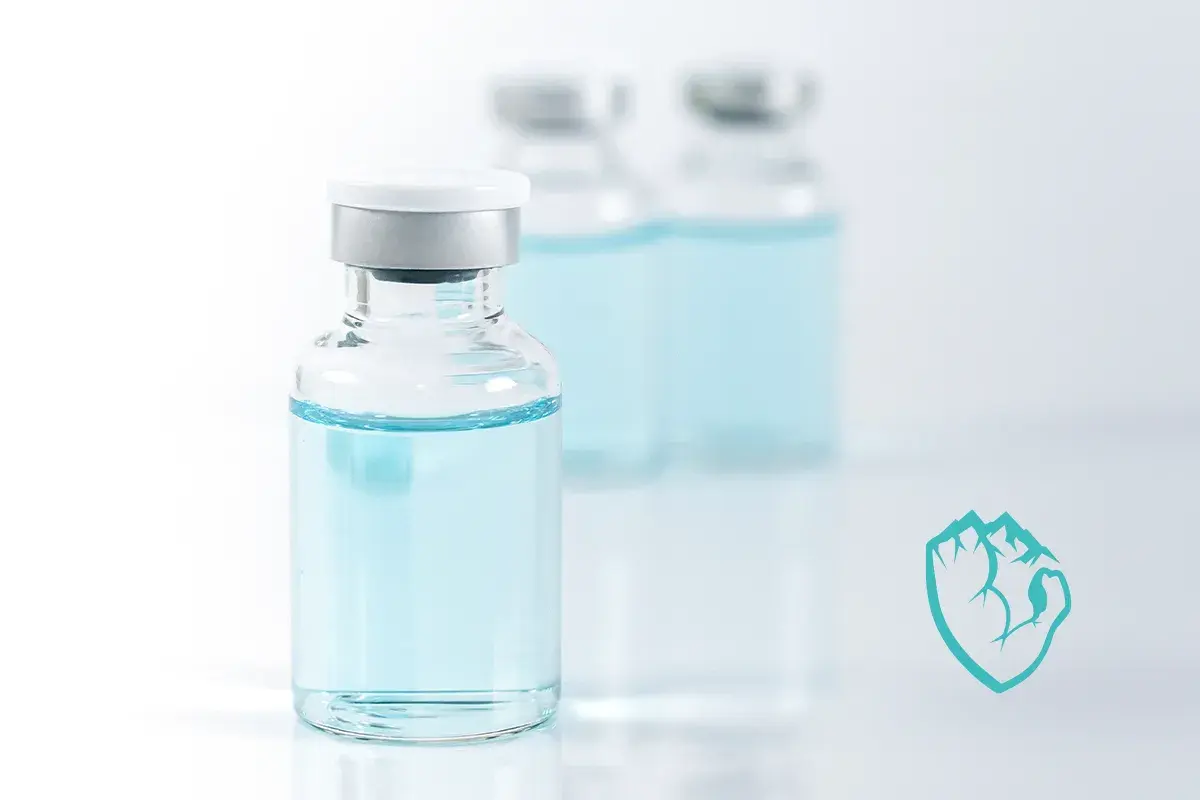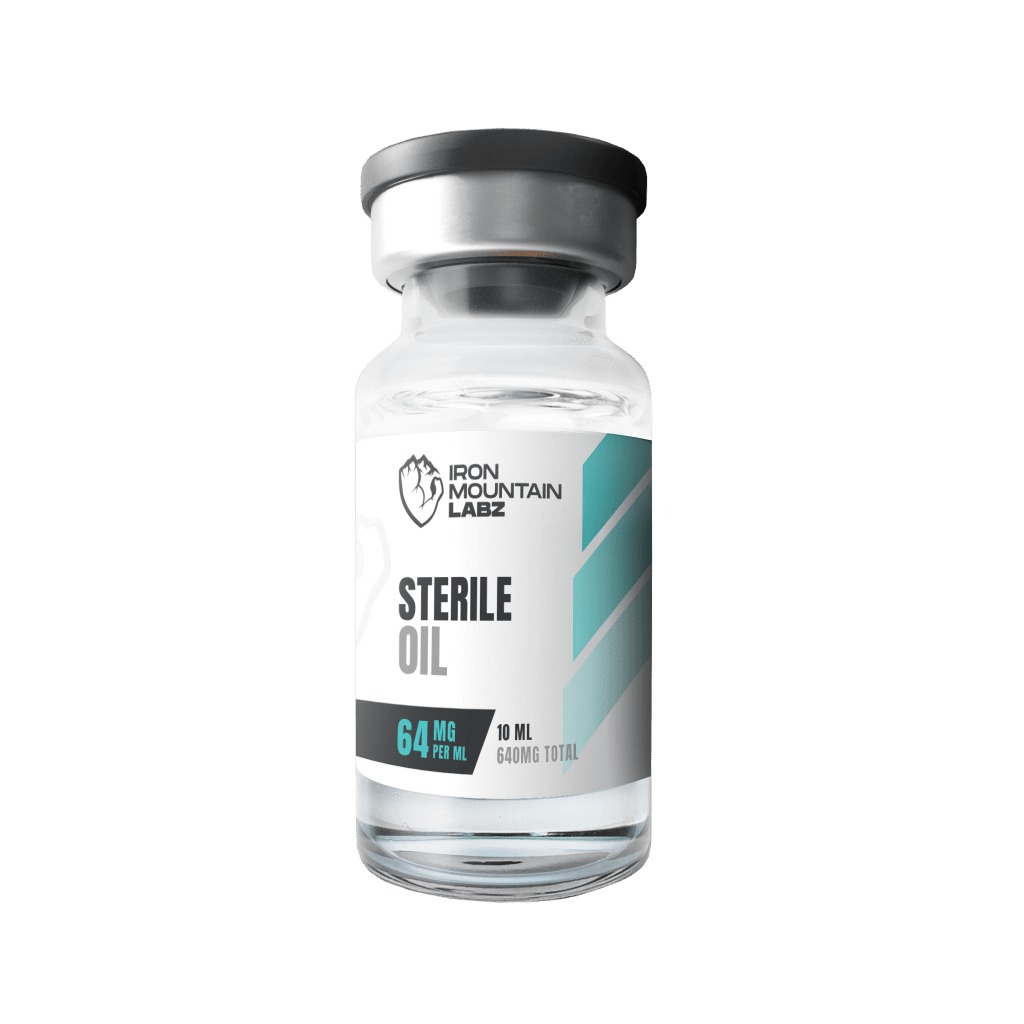
Transdermal delivery systems have revolutionized the way medications are administered, offering an alternative to oral or injectable routes. These systems, commonly known as transdermals, deliver medication through the skin for systemic distribution. This article provides an in-depth exploration of transdermals, including their nature, functions, mechanisms, safety profiles, benefits, legal aspects, and purchasing information.
Transdermals are medicated adhesive patches or other forms applied to the skin to deliver a specific dose of medication through the skin and into the bloodstream. (r). This method of drug delivery utilizes controlled release technology to ensure consistent medication levels in the body over a specified period.
Transdermal delivery systems are designed to:
Transdermal systems work by releasing medication from the patch or application site into the skin. From there, the drug penetrates the skin layers, eventually reaching the bloodstream. The rate of drug release and skin penetration can be controlled by the formulation and design of the transdermal system. Factors influencing this include the drug’s molecular size, the skin’s permeability, and the use of enhancers to facilitate absorption.
The safety of transdermal delivery systems is generally high, with a lower risk of overdose or irregular dosing compared to oral forms. However, they can have side effects related to skin irritation at the application site and potential systemic effects depending on the medication used. It is important to use these products as directed and consult healthcare professionals for advice tailored to individual health needs.
Transdermal systems offer several advantages:
Transdermal systems are legal when used for medically approved applications and prescribed by healthcare professionals. They are regulated by health authorities like the FDA in the United States. The purchase and use of transdermals without a prescription, especially for non-approved uses, can be illegal and dangerous.
Transdermal medication systems can be obtained through online stores like Iron Mountain Labz or:
When considering transdermals, it’s essential to:
Nootropic supplements attract the attention of people, particularly university students due to its potential ability
Introduction Historically, Kratom has been consumed for its stimulant and analgesic properties in Southeast Asian

If you experience injection pain, consider purchasing sterile oil. It helps ease discomfort by thinning the compound, making injections smoother.